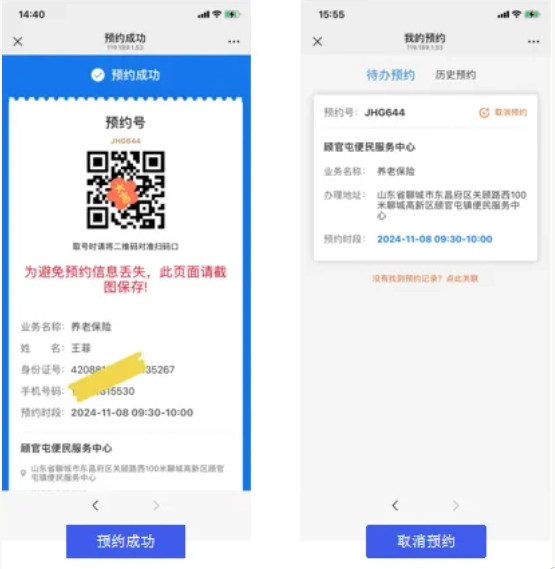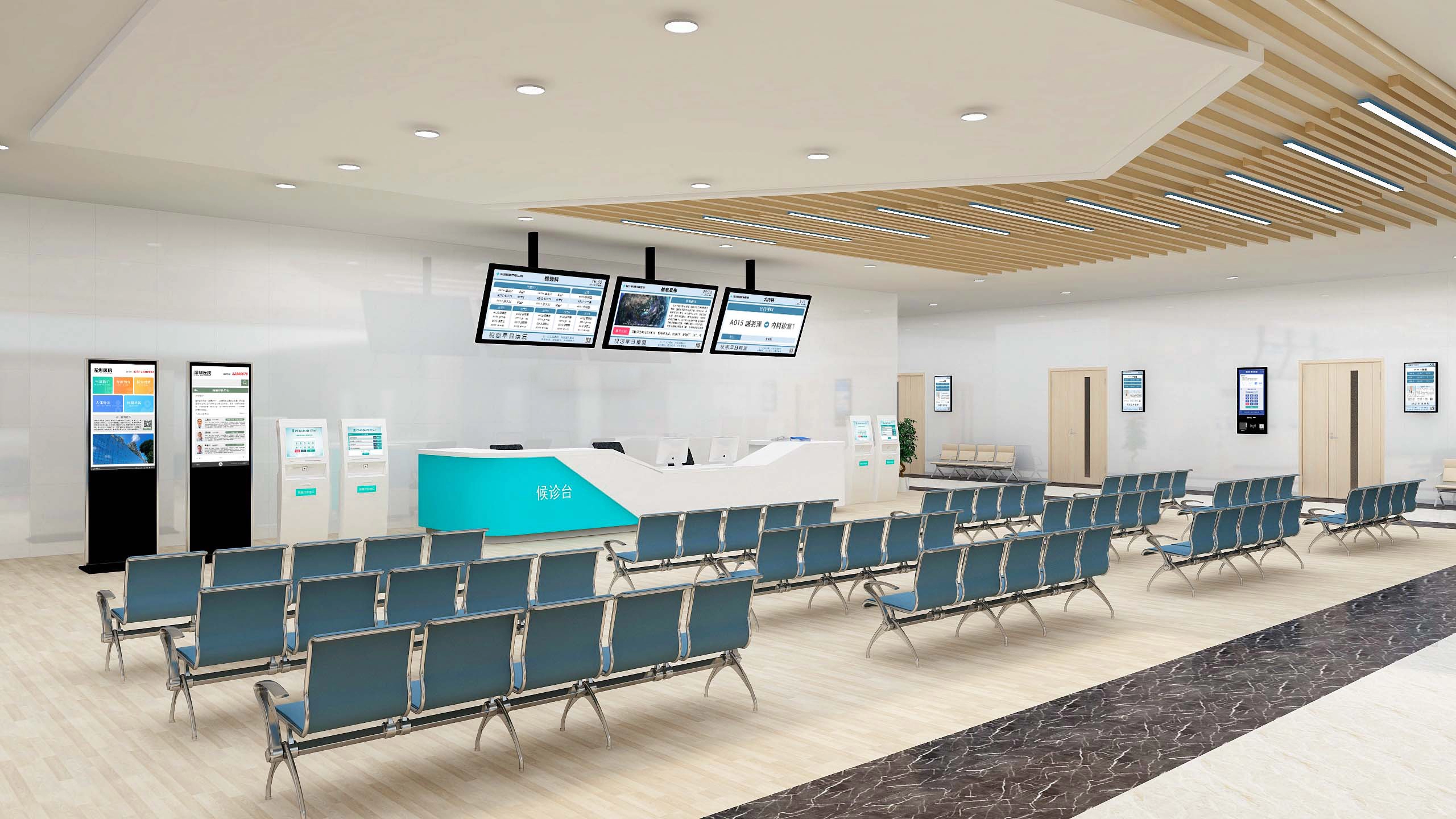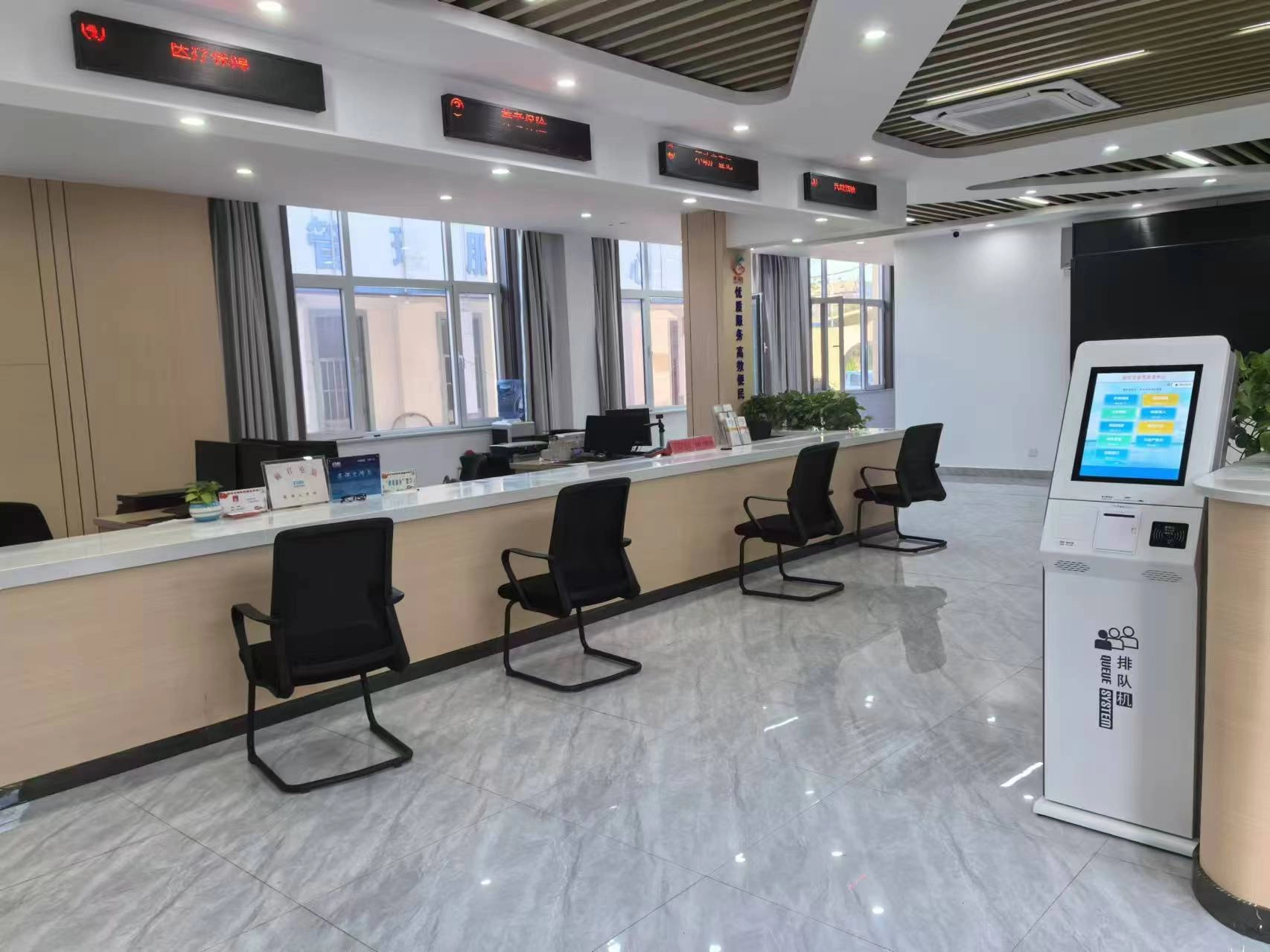1.Shifting Demand
Banking Sector
Customers are increasingly seeking digital solutions to reduce in-branch wait times, such as scheduling appointments via mobile apps or platforms like WeChat Mini Programs. They also want real-time updates on queue status and wait times, allowing for more flexible planning. Additionally, there is a rising demand for queuing systems integrated with other banking platforms to enable seamless data sharing and provide personalized service recommendations.
According to Statista, the global market for queuing management systems in the banking industry reached $1.5 billion in 2023 and is expected to grow at a compound annual growth rate (CAGR) of 6.5% through 2028. This growth is driven by the rising demand for enhanced service efficiency and privacy protection, leading to intelligent upgrades such as biometric authentication for faster identity verification and service segmentation.

Healthcare Sector
Integration with hospital information systems (HIS) has become crucial for streamlining scheduling, queuing, and consultation processes. Advanced solutions now support multiple appointment methods, including online and telephone booking, improving patient convenience. Features such as appointment reminders, test result notifications, and real-time status updates significantly enhance patient experiences.
Frost & Sullivan reports that demand for intelligent queuing solutions in healthcare facilities across North America and Europe is growing at an annual rate of over 8%. These systems not only optimize processes like registration, payment, and consultation but also leverage data analytics to predict peak periods and allocate medical resources efficiently.

Public Service Sector
Queuing systems in public services are evolving to provide multilingual support for diverse user bases. Integration with e-government platforms allows for online appointment scheduling, queuing, and service processing. Intelligent routing capabilities enable automatic service counter allocation based on user needs and queue status, significantly improving efficiency.

2. Technological Directions
Intelligent Features
Artificial intelligence is revolutionizing queuing systems with technologies like facial recognition and voice interaction, enabling automated identity verification and user engagement. Big data analytics is another key area, helping organizations predict customer flow and service demands to optimize queuing strategies and resource allocation.
Networked Solutions
Wireless connectivity enables users to schedule appointments and check queue status on mobile devices. Networking capabilities also facilitate centralized management across multiple locations, enabling resource sharing and improving overall service quality and efficiency.
Integrated Systems
Modern queuing systems focus on integrating with related platforms, such as payment and feedback systems, to offer one-stop solutions. Modular designs further simplify installation, maintenance, and future upgrades, ensuring long-term adaptability.
This combination of evolving consumer needs and technological advancements is driving the queuing system market toward a future defined by intelligent, localized, and fully integrated solutions. Businesses that leverage these trends to offer seamless, personalized, and efficient services will lead the way in transforming customer experiences across banking, healthcare, and public service sectors.






